Agfa Silette with every ready case and rare accessories: Clip-on filters (yellow and skylight) and a close-up lens. Note the lens in front of the waist level finder that makes it a rather convenient sports finder.
Every once in a while I fall in love with a camera. I am sure some of you do too, otherwise you wouldn’t be reading this blog… And maybe sometimes you fall in love with a camera – as I do – by looking at a photograph that is either showing this camera or had been taken by it?
With my newest camera love, the Agfa Flexilette, it was the former. While browsing Ebay Classifieds for another Agfa Isolette (hopefully one with a Solinar lens and bellows without the notorious pinholes) I came across a camera I had not seen before: The Agfa Flexilette, a camera that looks like a cross between an Agfa Silette – a run of the mill 35 viewfinder camera of the 1950s and 60s – and … Tatam! … a Rolleiflex!
Hard to believe somebody really built a camera like this: A mechanical rangefinder chassis on steroids – with a Compur leaf shutter – speeds ranging from one second to 1/500th– a waist level finder with a magnifying loupe to help critical focussing and hefty lens barrel with two little lenses one above the other! Two Agfa Apotars 2.8/45mm to be precise, one for viewing, one for taking pictures, just like the medium format TLRs of various flavours that all stem from the one and only Rolleiflex.
As you might have guessed by now, I own a Rolleiflex. Well, I own two, actually. An Automat and a 3.5F with a wonderful Planar lens. And I use my Rolleis quite often because every month or so I am overpowered by the urge to take a picture while looking down on a ground glass, viewing my motive horizontally mirrored and getting pretty confused when this motive wanders out of the picture and I move the camera to the other side. It keeps my mind alert, I guess, and on the other hand I love the magical way of viewing a picture through these waist level finders.
Being able to have this experience with a 35mm camera built in 1960 electrified me. I bought the Agfa Flexilette in the classified ads for little money – 20 Euros, a fifth of the amount people normally charge for working specimens of this camera. When it came it was kind of a surprise, though, because the camera lacked a shutter release button. Okay, it was there, not on the camera, but dangling from a worn old cable release. Fact is that the little metal collar that connected the shutter release to the camera body must have broken off and there was no way, short of soldering it back on, to make it work.
Fortunately, I found a workaround for the problem – by inserting a thin plastic rod into the hole on top of the camera I was able to push the lever inside that releases the shutter mechanism. So out I went with the Agfa Flexilette… though while I was happily shooting with it I lost the plastic rod at some stage and had to replace it with a tiny twig I found on the ground beneath a tree. It worked, too!
Aside from this rather rustic improvised user interface the Agfa Flexilette worked like a charm: The finder is bright and clear, much brighter than that of my Rolleiflex Automat and also brighter than the waist level finder of a Praktica VLC. Actually it is the brightest waist level finder I have ever seen and with the focusing loupe very easy to focus too due to a precise central split image rangefinder. And there is one more rather unique feature to the waist level finder of the Flexilette: In its front and back walls you find windows with little lenses which together form an eye level viewfinder that is comparable with the better viewfinders of other cameras of this era.
Focus, aperture and shutter speed are adjusted via three concentric rings on the perimeter of the lens barrel. Two of them are knurled with distinctly different patterns that make it rather hard to confuse them. While the third one for changing the shutter speeds is operated via two black plastic tabs. These are about the only plastic parts (together with a little leg on the bottom of the lens barrel and the film spool) you can find on the Agfa Flexilette – the rest is made of metal or glass which gives the camera a reassuring heaviness and a trusty, reliable aura.
The Agfa Flexilette is ergonomically well designed. You look downwards into the finder while your left hand adjusts the focus and the right index finger presses the shutter release. The rapid wind lever is situated at the bottom of the camera and although it has a rather longish travel of 270 degrees it handles well and fast. Firing the shutter and transporting the film is silent and very unobtrusive – a big plus for a street photographer.
As for the lens – or better: the lenses – there is some debate going on amongst Agfa Flexilette aficionados. Why, some of them ask, did Agfa choose the three element Apotar instead of their flagship prime, the four element Solinar? I guess the reason for that decision was the relatively low price of the camera – DM 199 when the camera was released in 1960, while a Leica M3 body cost thrice as much. And I confess freely that i have no problems whatsoever with the 2.8/45mm Apotar. Actually I like it a lot. Even wide open it is sharp enough for my demands (at least in the centre) while giving me a hint of that distinctive “three element glow” and the special softness in unfocussed areas some people pay a lot of money for when buying a re-engineered Meyer Trioplan lens for their Sony A7.
After I shot one roll of Kodak ColorPlus 200 I was hooked. The Flexilette was definitely to stay in my little zoo of film cameras. But that meant that I had to go shopping for another one with a working shutter release button. A couple of weeks later I found one at Ebay classifieds for 40 Euros. Not in mint condition but in acceptable working order and with one of the characteristic chrome-lined leather ever ready camera cases of the time. The lady I bought the camera from told me on the phone that her husband – a retired officer of the German Navy – had travelled with the Agfa Flexilette to many a foreign shore and snapped a good lot of pictures there. She sent me some of his photos via Email, so I now have proof in black and white that my second Flexilette has travelled to the far corners of the earth and deserves a place of honor among my ever growing collection of film cameras!
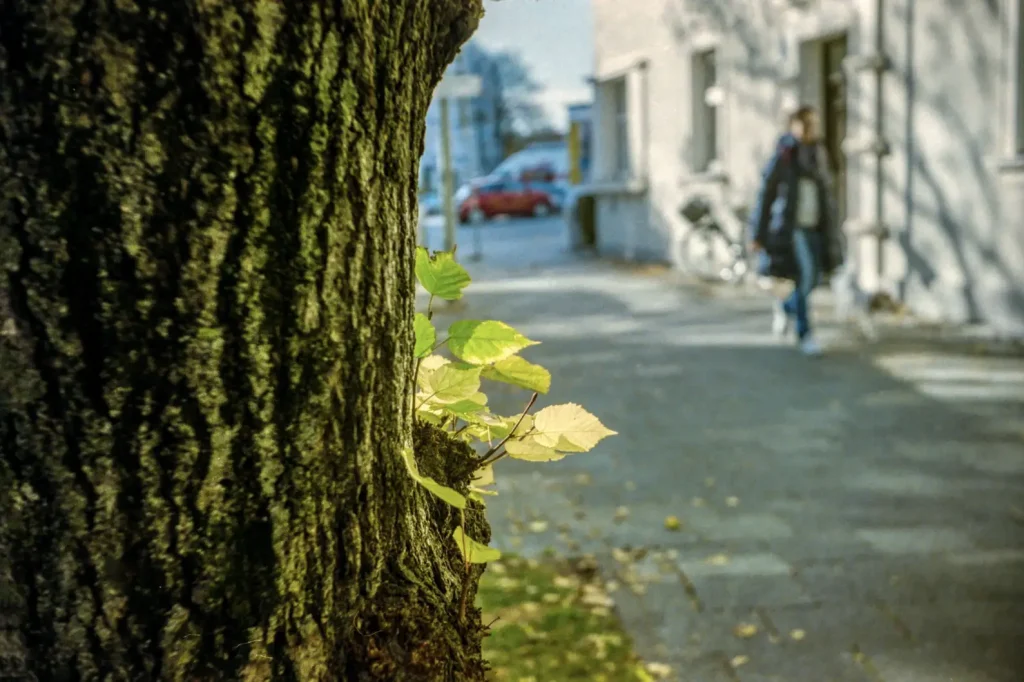
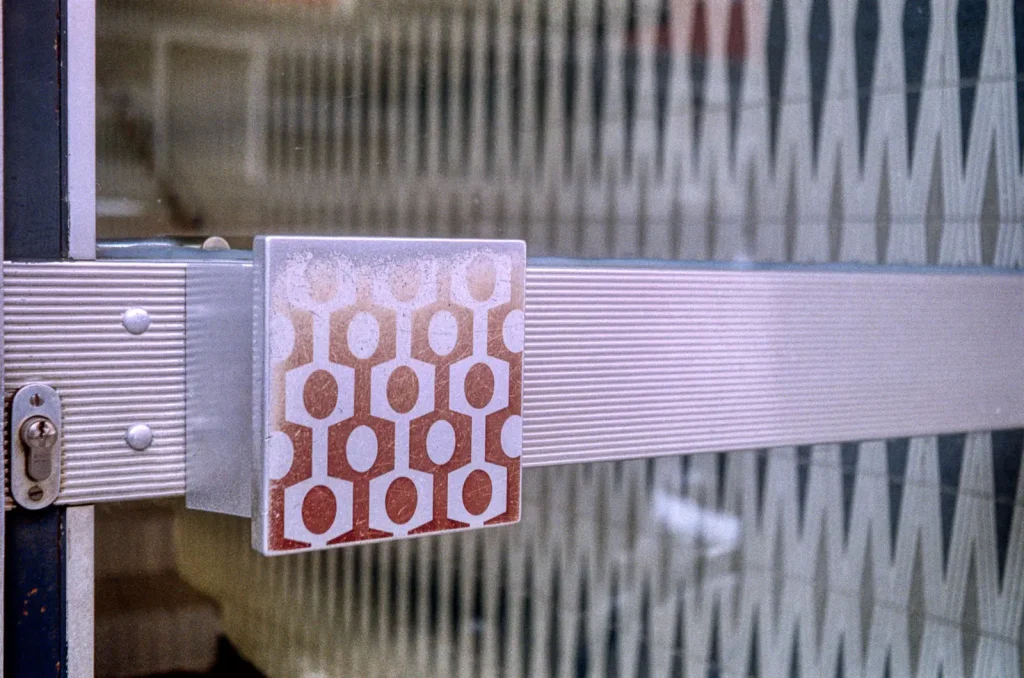
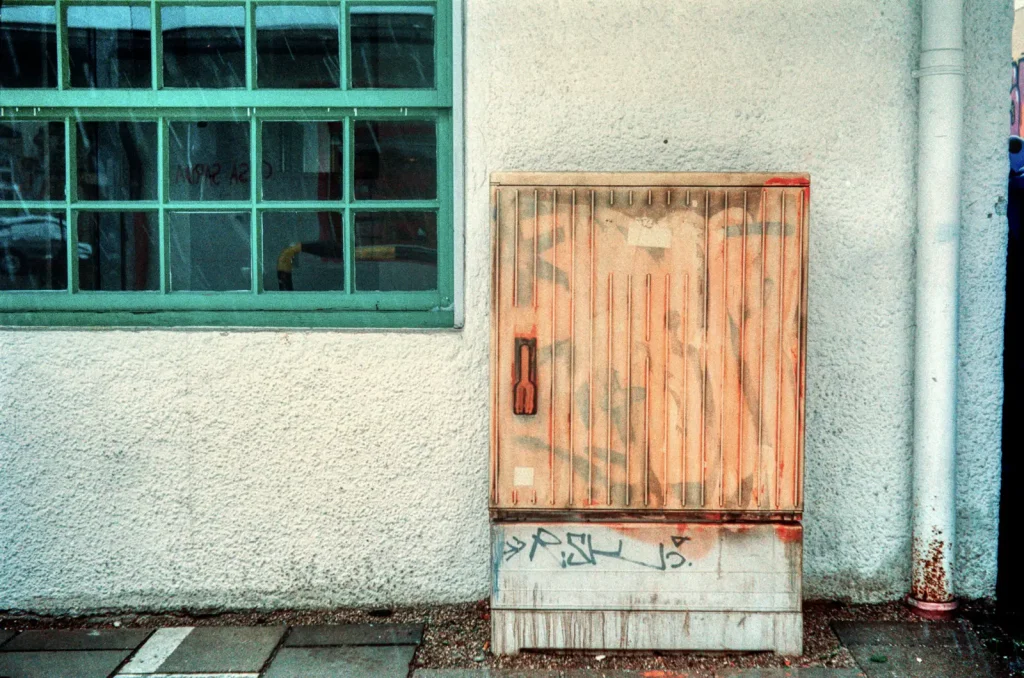
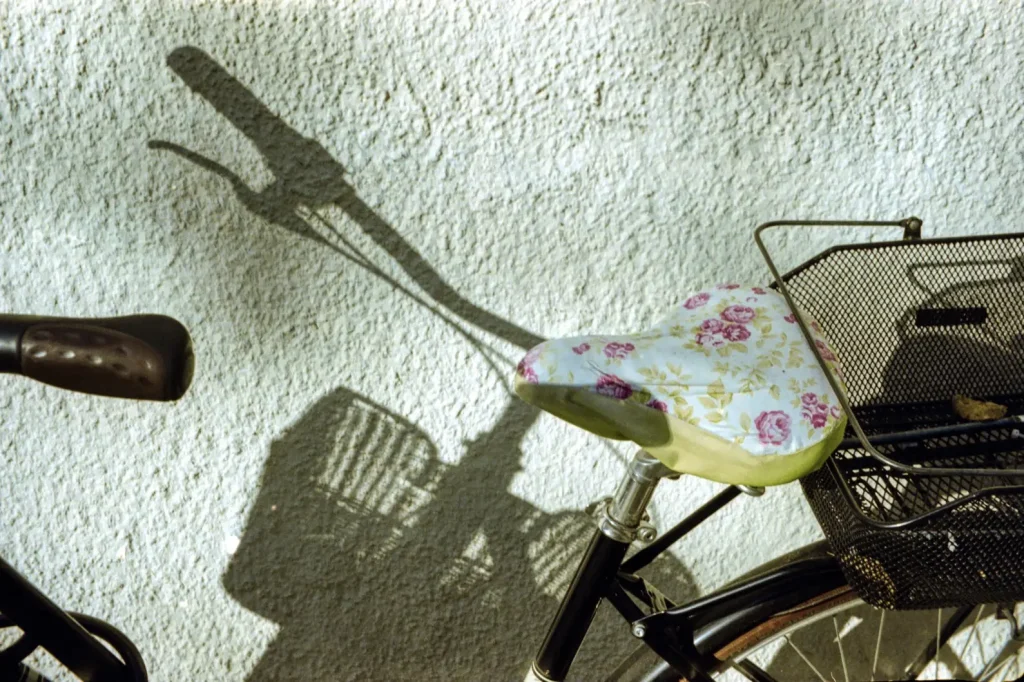
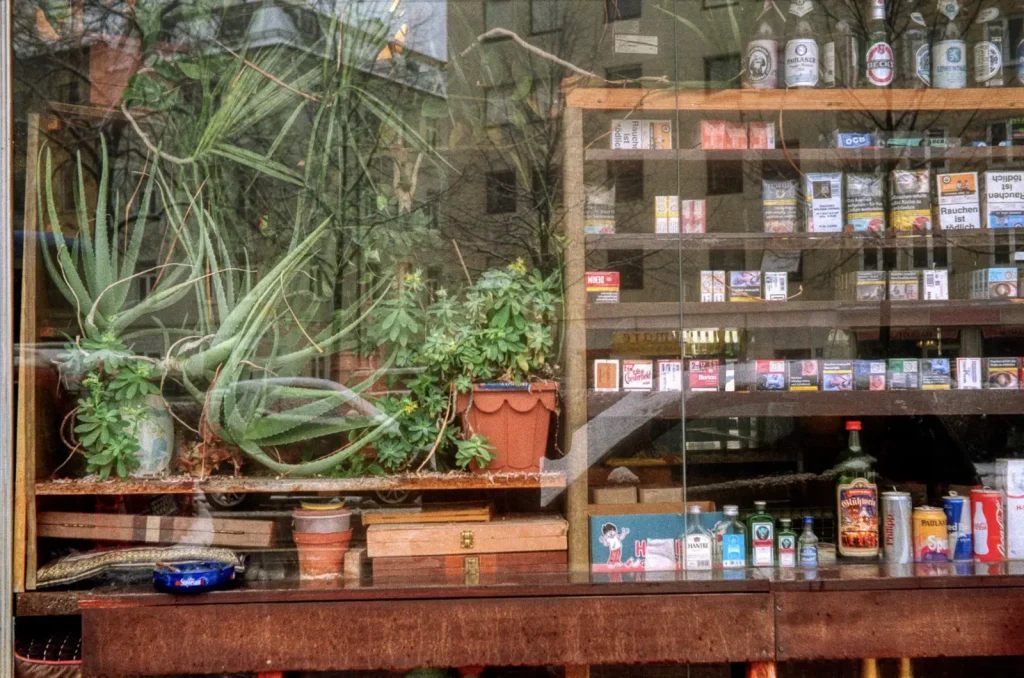
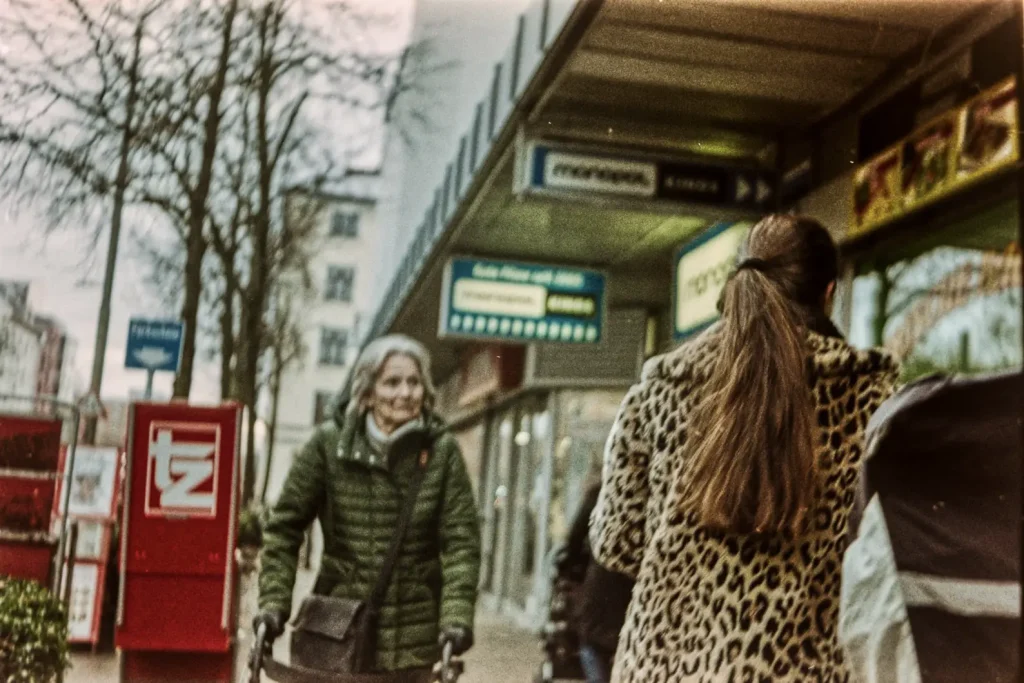


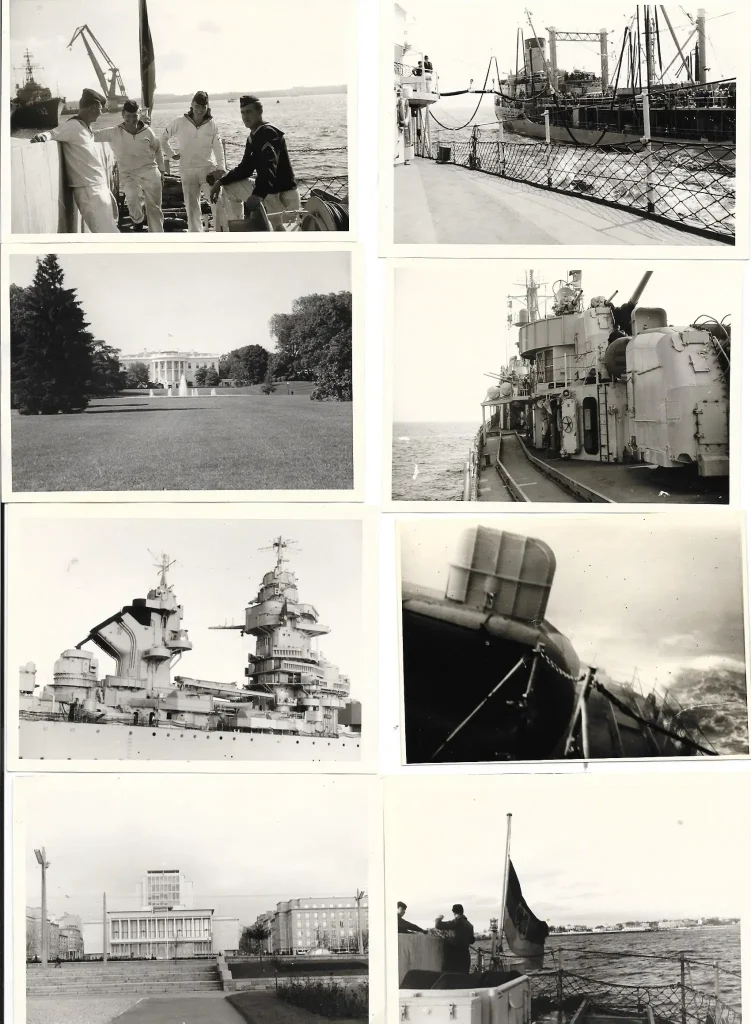
You can read more about the Agfa Flexilette and my other vintage film cameras in my blog (in English and German): www.zeitmaschinen.org
My pictures with this and other cameras you can find on my flickr account: https://www.flickr.com/photos/zeitmaschinen/
Share this post:
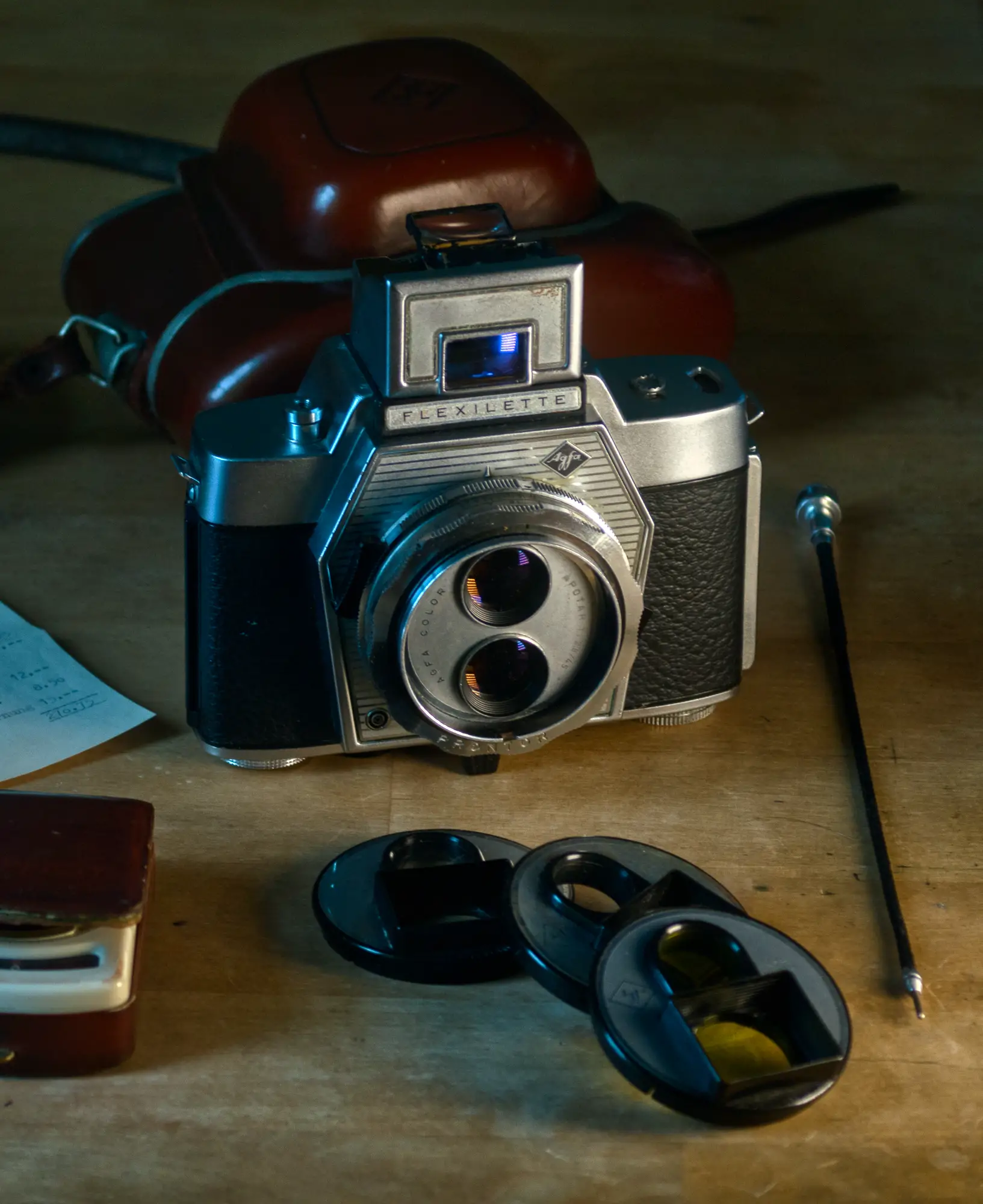








Comments
Callum Ross on Agfa Flexilette Review – a 35mm TLR – By Thomas Merk
Comment posted: 05/03/2019
For the record, I'm selling my Agfa Isolette II if you're still looking. Not a solinar unfortunately. The lens is perfect and shutter speeds correct. It's on eBay, if you're interested I can send a link or get in touch? Only looking for ~£25-30 as it cost me very little in the first place.
Comment posted: 05/03/2019
Peter Grey on Agfa Flexilette Review – a 35mm TLR – By Thomas Merk
Comment posted: 06/03/2019
Comment posted: 06/03/2019
Lori on Agfa Flexilette Review – a 35mm TLR – By Thomas Merk
Comment posted: 06/03/2019
Comment posted: 06/03/2019
Christos Theofilogiannakos on Agfa Flexilette Review – a 35mm TLR – By Thomas Merk
Comment posted: 06/03/2019
Comment posted: 06/03/2019
Recommended Reading 3/8/19 - mike eckman dot com on Agfa Flexilette Review – a 35mm TLR – By Thomas Merk
Comment posted: 08/03/2019
Recommended reading : Down the Road on Agfa Flexilette Review – a 35mm TLR – By Thomas Merk
Comment posted: 05/03/2020